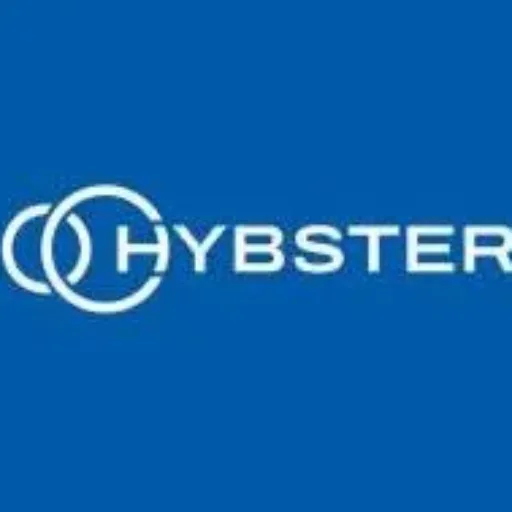plastic part ecodesign
Plastic part design office
plastic part ecodesign
definition
Qu’est-ce que l’éco-conception ?
The eco-design approach involves striking a balance between environmental, social, technical and economic requirements throughout the design and production of a product. The aim is to reduce the negative impact of production.
For parts made by plastic injection moulding, we take into account the quantity of material, its origin (recycled, bio-sourced or petrochemical) and, depending on the product specifications, the amount of energy required to manufacture the product (kw/kg of material processed).
Eco-design involves integrating environmental protection into the design of goods and services. Its aim is to reduce the environmental impact of products throughout their life cycle: extraction of raw materials, production, distribution, use and end of life. It is characterised by a global vision of these environmental impacts: it is a multi-stage approach (taking into account the various stages of the life cycle) and multi-criteria (taking into account consumption of materials and energy, discharges into the natural environment, effects on the climate and biodiversity).Translated with DeepL.com (free version)
In the case of plastic injection-moulded components or assemblies, end-of-life is particularly important, so we take care to design and produce products that can be repaired, dismantled and made to last. We apply the 3R method:
- reduce
- Re-use
- Recycle
Useful links
What does ministery of ecological transition say ?
Eco-design is implemented by a company or a public body, but it involves a large number of players throughout the product value chain and even beyond, including consumers or users and right up to recovery and recycling companies. Its richness lies in examining the relationships that exist between the design choices made for a product and the resulting flows of materials and energy throughout its life cycle.
you can find here, #GOODHABITS proposées par le gouvernement.
to go further
How to write the ecodesign specifications ?
The first step is to estimate the environmental impact of your product. This can be done by carrying out a simplified LCA (Life Cycle Assessment).
LCA is a standardised, multi-criteria environmental assessment tool that quantifies the flows involved at each stage of a product's life cycle:
- Extracting raw materials
- Transportation stages
- Manufacturing process
- Product use (life in use)
- Valuation
- End of life (final waste)
A simplified LCA makes it possible to assess the main areas for reducing environmental impact.
The functions defined by the functional analysis do not all have the same level of importance. Some are considered a priority (main function, compliance with a standard or regulation, etc.), while others are less important, or even optional.
Whatever the case, these functions all have a cost, as well as an environmental impact.
Deux actions peuvent donc être menées :
- Seek to reduce the quantity of parts ;
- Optimise the part to perform the main functions;
- Minimiser l’impact des autres fonctions ;
The lifespan of plastic parts depends on the material chosen and the thickness of the walls. However, if a thicker part has a longer lifespan, this can also influence its environmental impact, because :
- Raw material consumption is higher;
- More energy will be consumed to produce it;
- If it weighs more, the impact of transport will also be higher, although the impact of transporting plastic parts is generally low;
Once the constraints of use have been defined as precisely as possible, the question arises of choosing the most suitable material. In addition to technical and economic considerations, there are other environmental criteria involved in an eco-design project:
- Choose recyclable plastics;
- Avoid using multi-materials, as this makes recycling more difficult;
- Ensure that product components are easily separable, if multi-materials are used;
- Anticipate the end-of-life of the product and plan a way to recycle it;
Questions relating to the packaging and wrapping of parts must be taken into account from the outset of the project. The design of the parts can be reviewed in order to :
- encourage stackingThis optimises the filling of pallets in lorries and reduces the impact of transport;
- to reduce packaging. Ideally, you should find a way of stacking the parts in a stable way, so that you don't have to use packing film;
Choosing the right plastic material is essential from the product design stage onwards, and this is even more important when it comes to using recycled plastic materials.
You have no knowledge of for plastics ? Hybster advises you and accompanies you progressively thanks to its à la carte services. Hybster creates your technical parts and appearance parts, mono or bi-material, also for small series.
Our machinery, chosen for its technical and environmental performance, enables us to plusieurs manières d’intégrer des matières plastiques recyclées.
Like Design For Manufacturing (DFM), Design For Repairability (DFR) is becoming an essential approach for design offices and manufacturers.
As a manufacturer of electronic and mechatronic sub-assemblies, Hybster is able to integrate the issues of Repairability indexand end-of-life management, right from the very first concept sketches.
